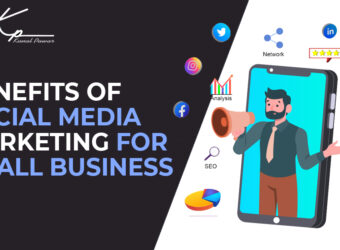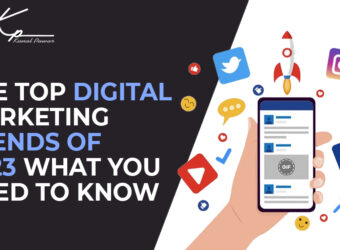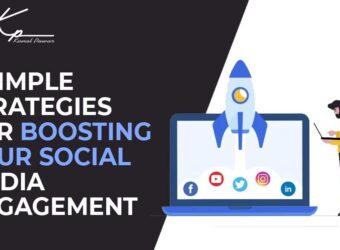
About Me
Lorem ipsum dolor sit amet, consectetur adipisicing elit. Eum in eos saepe ipsa cupiditate accusantium voluptatibus quidem nam, reprehenderit, et necessitatibus adipisci.
- Web Design Full stack
- 24/7 Support
- Unlimited Revisions
What I Am Doing
Web Design Full stack
Lorem ipsum, dolor sit amet consectetur adipisicing elit. Inventore dolorum atque dicta distinctio mollitia fuga.
Web Design
Lorem ipsum, dolor sit amet consectetur adipisicing elit. Inventore dolorum atque dicta distinctio mollitia fuga.
Our Trusted Clients
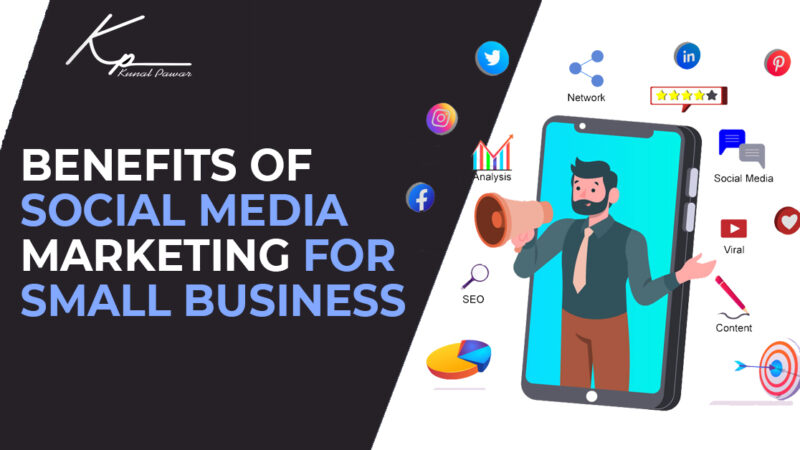
Benefits of Social Media Marketing for Small Business
Social media marketing has become an increasingly important part of any business’s marketing strategy, regardless of its size. Small businesses, in particular, can benefit significantly from social media marketing. In this article, we will discuss some of the benefits of social media marketing for small businesses.
- Increased Brand Awareness: Social media provides small businesses with a platform to reach a broader audience. By creating and sharing valuable content, small businesses can increase their brand awareness and reach potential customers who may not have otherwise known about their business.
- Cost-Effective Marketing: Social media marketing is an affordable and cost-effective way for small businesses to reach their target audience. Small businesses can create social media accounts for free and can run paid ads on social media platforms at a lower cost than traditional advertising methods.
- Improved Customer Engagement: Social media platforms allow small businesses to engage with their customers in real-time. This engagement can help build brand loyalty, as customers feel heard and valued by the business. Social media platforms also allow businesses to respond to customer inquiries and complaints quickly, which can improve customer satisfaction and retention.
- Increased Website Traffic: Social media can drive traffic to a small business’s website. By sharing links to their website on social media platforms, small businesses can direct potential customers to their website and increase their chances of making a sale.
- Access to Customer Insights: Social media platforms provide businesses with valuable customer insights. Small businesses can use analytics tools to track their social media performance, monitor customer engagement, and gather data about their target audience’s preferences and behaviours. This information can help small businesses make informed decisions about their marketing strategies and improve their overall business operations.
In conclusion, social media marketing can offer significant benefits to small businesses. From increasing brand awareness and customer engagement to driving website traffic and gaining valuable customer insights, social media marketing is a powerful tool that small businesses can use to compete in today’s digital world.
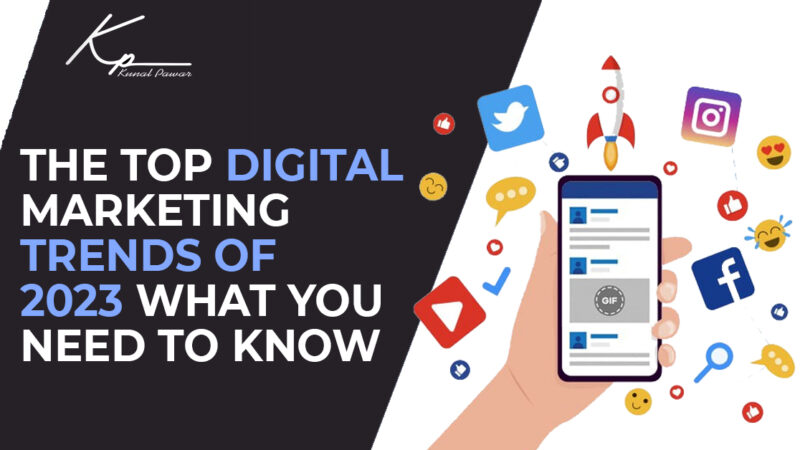
The Top Digital Marketing Trends of 2023: What You Need to Know
Are you curious about the latest digital marketing trends? As we head into 2023, there are several key trends that businesses need to be aware of to stay ahead of the competition. In this article, we’ll take a closer look at the top digital marketing trends of 2023 and what they mean for your business.
- Personalisation: In 2023, customers will expect a personalized experience when interacting with brands online. Businesses that can tailor their marketing messages to individual customers’ interests and preferences will be more successful than those that use a one-size-fits-all approach.
- Voice Search: Voice search is on the rise, and businesses need to optimize their content for voice search if they want to stay relevant. This means using natural language and long-tail keywords to match the way people speak when using voice assistants like Siri or Alexa.
- Augmented Reality: Augmented reality (AR) is becoming more accessible, and businesses are starting to use it to enhance the customer experience. For example, a furniture store could use AR to show customers how a piece of furniture would look in their home before they make a purchase.
- Influencer Marketing: Influencer marketing continues to be a popular way for businesses to reach their target audience. In 2023, we can expect to see even more businesses partnering with influencers to promote their products or services.
- Video Marketing: Video marketing is not a new trend, but it’s one that continues to grow in importance. In 2023, businesses that can create engaging video content will be more successful than those that rely solely on text-based content.
- Sustainability: Consumers are increasingly concerned about the environment, and businesses that can demonstrate their commitment to sustainability will be more attractive to customers. Expect to see more businesses promoting their eco-friendly practices in 2023.
- Social Commerce: Social media platforms are increasingly becoming a hub for online shopping, with more and more consumers making purchases directly from social media ads or posts. Businesses that can leverage social commerce by creating shoppable posts or partnering with influencers to promote their products will be at an advantage. In 2023, we can expect social commerce to continue to grow and become a more integral part of the digital marketing landscape.
In conclusion, these are the top digital marketing trends that businesses need to be aware of in 2023. By embracing personalization, voice search, AR, influencer marketing, video marketing, sustainability, and privacy, businesses can stay ahead of the competition and provide their customers with the best possible online experience.
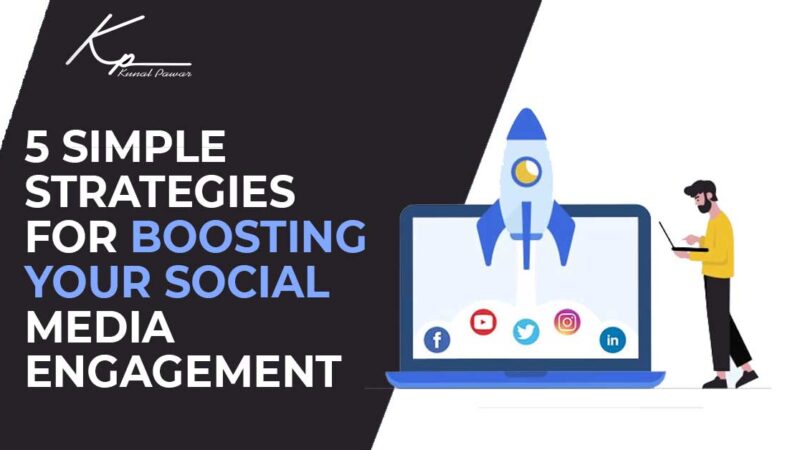
5 Simple Strategies for Boosting Your Social Media Engagement
Social media has become an indispensable part of modern marketing strategies, and for good reason. With over 4 billion active social media users worldwide, it’s the perfect platform for businesses to connect with their audience and build a loyal following. However, in order to truly leverage the power of social media, businesses need to focus on boosting their engagement. In this article, we’ll explore five simple strategies for boosting your social media engagement.
- Post Consistently: Posting consistently is key to building a strong social media presence. Aim to post at least once a day, but don’t sacrifice quality for quantity. Make sure your content is high-quality, engaging, and relevant to your audience.
- Use Eye-Catching Visuals: Social media is a visual medium, and using eye-catching visuals is essential for grabbing your audience’s attention. Incorporate high-quality images, videos, and graphics into your posts to make them stand out.
- Encourage Interaction: Encouraging interaction is key to boosting engagement on social media. Ask questions, create polls, and respond to comments to encourage your audience to interact with your content.
- Collaborate with Influencers: Collaborating with influencers can help expand your reach and boost your credibility on social media. Look for influencers who align with your brand and have a following that matches your target audience.
- Use Hashtags: Hashtags are a powerful tool for boosting your social media engagement. Use relevant hashtags in your posts to increase your visibility and reach a wider audience.
In conclusion, boosting your social media engagement doesn’t have to be complicated. By posting consistently, using eye-catching visuals, encouraging interaction, collaborating with influencers, and using hashtags, you can create a strong social media presence and connect with your audience on a deeper level.

UX and Billing Portals: Why Provider Experience Matters
In today’s healthcare landscape, conversations about patient experience dominate the spotlight. But there’s another side of the story we often miss: the provider’s experience. For physicians, practice owners, and billing staff, the tools they use every day—especially billing portals—can make or break efficiency, compliance, and even revenue outcomes.
A well-designed billing portal isn’t just about navigation or colors. It is about reducing friction, building trust, and enabling better decisions. When UX (User Experience) meets medical billing, providers gain more than a tool—they gain confidence.
Why UX in Billing Portals Is More Than “Nice to Have”
Healthcare providers handle hundreds of claims, denials, and payer follow-ups every week. A confusing or clunky portal slows them down, frustrates staff, and increases the chance of costly errors.
Clarity: Interfaces that show claims status, denial reasons, and outstanding balances in a clean format save hours of back-and-forth.
Transparency: A portal that makes compliance checkpoints visible ensures providers meet payer and regulatory expectations.
Speed: Automated workflows, intuitive search, and minimal clicks directly translate into faster reimbursements.
Simply put, when UX is ignored, billing portals become barriers instead of enablers.
The Ripple Effect on Provider Experience
Billing is not just a back-office function; it’s tied to every aspect of practice health. Poor UX means:
Longer training times for staff
Higher reliance on IT support
Delayed revenue cycles
Rising frustration that impacts patient-facing time
On the other hand, when the provider experience is prioritized:
Claims move faster
Staff stay motivated and confident
Practices spend more time on patient care rather than troubleshooting systems
Best Practices for UX-Driven Billing Portals
Role-Based Dashboards – Front desk, billing team, and providers should each see only what matters most to them.
Smart Alerts – Automated prompts for eligibility errors, missing documentation, or compliance deadlines prevent denials before they happen.
Mobile Accessibility – Providers today expect to review reports and claim statuses o the go.
Seamless Integration – Billing portals should “talk” to EHRs, practice management systems, and clearinghouses without friction.
These design principles reduce stress, enhance adoption, and strengthen the overall billing ecosystem.
Why This Matters for the Future of Medical Billing
As regulations evolve and payment models shift, provider experience will shape adoption of new billing technologies. Billing portals that combine strong UX with compliance-first features will become the competitive edge for practices and billing companies alike.
When providers feel supported by their systems, they deliver better care and sustain healthier practices. That’s why UX in billing portals is not just about design—it’s about empowering providers at every step of the revenue cycle.
Summary:In medical billing, UX is not an afterthought. Billing portals that simplify workflows, reduce errors, and support compliance directly impact provider satisfaction and financial outcomes. A strong provider experience ensures practices spend less time fighting technology and more time focusing on patient care.
#MedicalBilling #HealthcareUX #ProviderExperience #BillingPortals

Nevine Acotanza
Chief Operating OfficerI am available for freelance work. Connect with me via and call in to my account.
Phone: +01234567890 Email: admin@example.com




